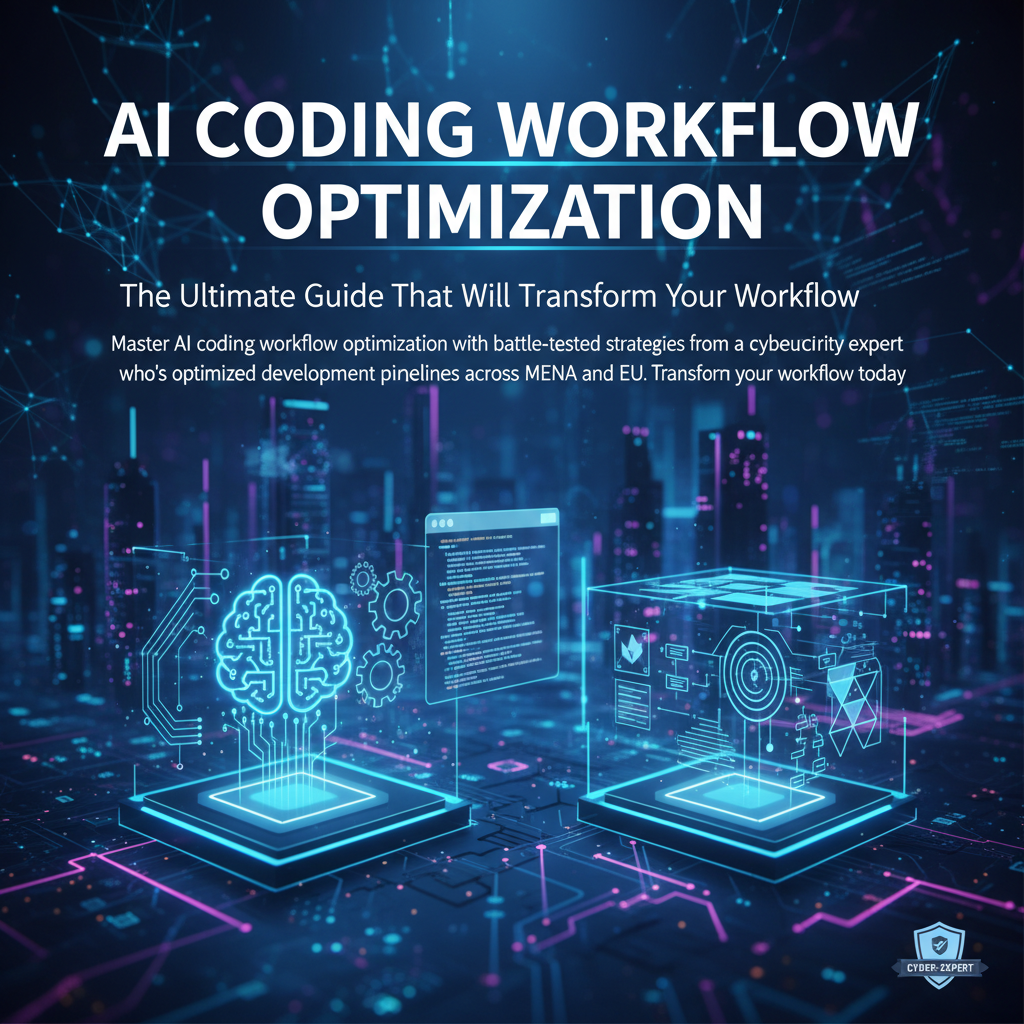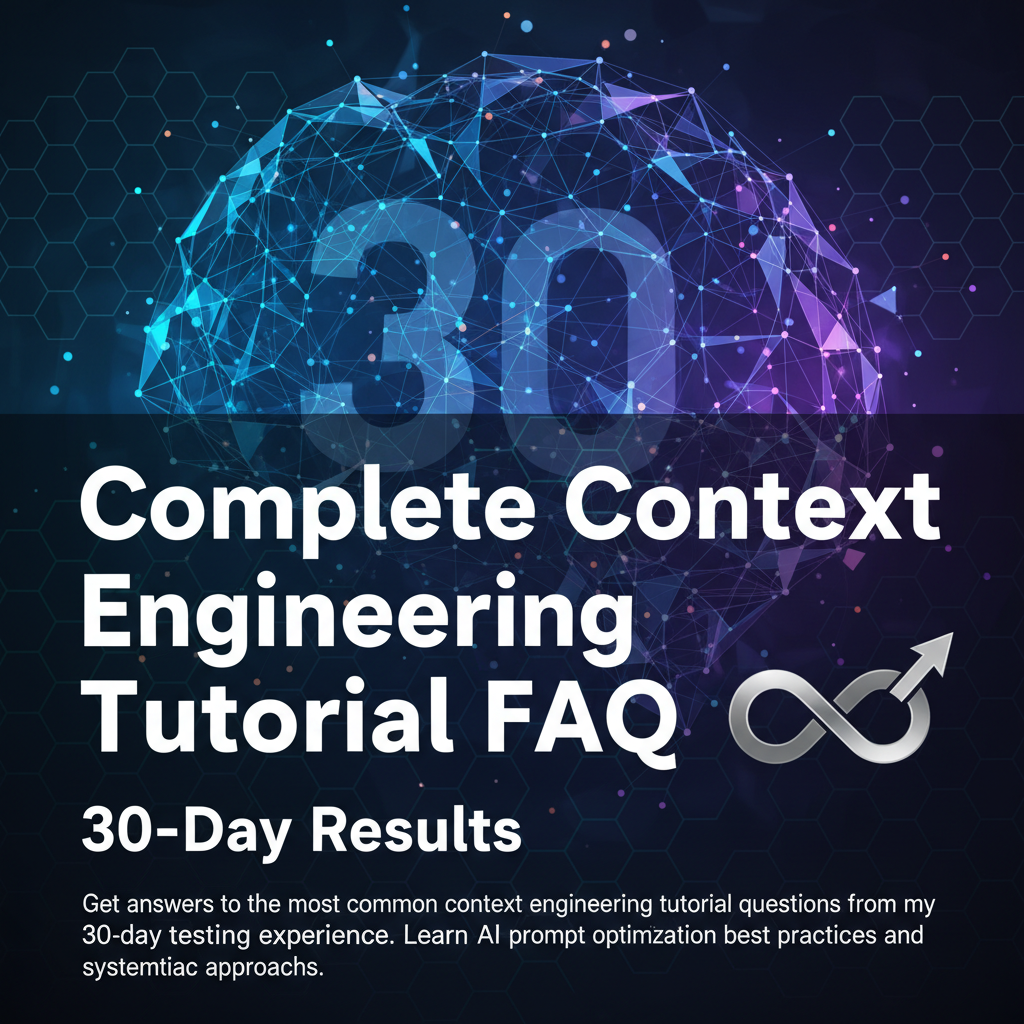Why Smart Engineers Fail at Requirements Despite Perfect Templates
Discover why brilliant engineers consistently produce bad requirements despite having access to perfect prompt templates, and how purpose-built platforms shape behavior for better outcomes.
The Paradox of Smart Engineers and Bad Requirements
Last week, I watched a brilliant senior engineer—someone who could debug kernel-level race conditions in their sleep—spend three hours building a feature that users would never touch. The requirements? "Users want better notifications." That was it. No user stories, no acceptance criteria, no business context. Just a vague directive that led to beautiful, useless code.
This scene plays out in engineering teams worldwide every single day. We have access to incredible prompt templates for requirements gathering. GitHub repos full of structured approaches. Notion databases with perfect user story formats. Yet somehow, consistently, intelligent engineers produce specifications that would make a product manager weep.
I've spent the last fifteen years watching this pattern across teams at Meta, Google, and now building EziAI. The problem isn't intelligence—it's that we're optimizing for the 5% who have the discipline to follow perfect processes under pressure. You could manage your finances with a calculator instead of Mint, or design interfaces with MS Paint instead of Figma. The question isn't capability—it's whether you want to optimize for the outliers or build systems that work for how humans actually behave.
The reality hit me during a particularly brutal sprint at Meta. Our team had bookmarked this beautiful requirements template. Everyone agreed it was comprehensive. But when the VP of Engineering asked for "quick specs" on a competitive feature, we all reverted to vague bullet points and wishful thinking. The template sat unused while we built the wrong thing faster.
This isn't about laziness or incompetence. It's about cognitive load, time pressure, and the gap between knowing what good looks like and consistently executing it. Smart engineers fail at requirements not because they can't follow templates, but because templates don't adapt to the messy reality of software development.
The Template Trap: Why Perfect Processes Fail Under Pressure
Here's what actually happens with those beautifully crafted prompt templates: People bookmark them with the best intentions, then never look at them again. Or they start using them, skip sections when deadlines loom, or modify them on-the-fly until the structure breaks completely.
I learned this the hard way at Google AI when we rolled out a "comprehensive requirements framework" across our research teams. The template was gorgeous—twenty-seven sections covering everything from user personas to edge case analysis. Six months later, our internal survey revealed that 73% of engineers had bookmarked it, 31% had attempted to use it, and exactly 8% were still following the full process.
The problem is cognitive overhead during crunch time. When your engineering manager asks for "quick specs" on a feature that needs to ship next sprint, even the most disciplined engineers will choose speed over completeness. Templates become victims of their own thoroughness.
The Context-Switching Problem
Working with different AI platforms makes this worse. The requirements that work perfectly for a Cursor-based development workflow don't translate directly to Lovable's approach, and Bolt.new has its own quirks. Each platform has different strengths, expects different input formats, and produces different outputs.
My team spent weeks crafting the perfect prompt template, only to realize it was optimized for one specific AI coding assistant. When we switched platforms for a mobile project, nothing translated cleanly. The user stories were too granular for the new platform's context window, the acceptance criteria assumed different architectural patterns, and the technical specifications used terminology that confused the AI.
The Modification Death Spiral
Even worse is what I call the "modification death spiral." Engineers start with a solid template, then make small adjustments for their specific project. Remove a section that seems irrelevant. Add custom fields for their domain. Reorder things to match their mental model. Each change seems logical in isolation, but collectively they destroy the template's structural integrity.
I've seen this pattern destroy requirements quality across dozens of teams. The original template was tested and refined. The modifications are one-off experiments that break the underlying logic of the process.
My $2M Requirements Disaster: A Personal Lesson in Human Nature
Two years ago, I made a mistake that cost our startup nearly two million dollars and six months of development time. It wasn't a technical error or a market miscalculation—it was a requirements failure that I should have seen coming.
We were building a multilingual AI feature for EziAI, targeting African languages that major platforms consistently ignored. I had the perfect requirements template. My team was experienced. We'd successfully shipped dozens of features using structured processes.
But this project was different. The competitive pressure was intense—two other startups were racing toward similar solutions. Our investors were asking for weekly updates. The engineering team was excited and wanted to start coding immediately.
So I made a fatal decision: "Let's skip the full requirements process just this once. We all understand what we're building."
The team cheered. We jumped straight into technical architecture. Everyone felt aligned and energized. For three months, we built incredibly sophisticated infrastructure for processing Igbo and Hausa text at scale.
Then we showed it to our first beta customers.
The silence was deafening. Not because the technology was bad—it was brilliant. But because we'd built a solution for a problem that didn't exist in the way we'd imagined. Our assumptions about user workflows were wrong. Our understanding of the business model was incomplete. Our technical architecture was over-engineered for the actual use cases.
The moment that broke my heart was when one customer—a Nigerian fintech CEO—said, "This is impressive, but why would I use this instead of just asking my bilingual team members to translate?"
We'd spent six months building a technical marvel that solved the wrong problem. Not because we weren't smart enough to know better, but because we were human enough to take shortcuts under pressure.
That failure taught me something crucial: Good intentions and smart people aren't enough. Tools need to account for how humans actually behave, not how they should behave in perfect conditions.
Beyond Templates: How Purpose-Built Platforms Shape Better Behavior
The solution isn't better templates—it's systems that guide behavior toward better outcomes regardless of pressure or human nature. Purpose-built platforms succeed where templates fail because they embed good practices into the workflow itself.
Guided Workflows with Built-in Validation
Instead of hoping engineers will remember to fill out every section, purpose-built platforms make incomplete requirements impossible to submit. They ask clarifying questions when specifications are vague, flag potential inconsistencies, and guide users through logical decision trees.
At IBM Research Africa, we experimented with a requirements platform that wouldn't generate technical specifications until business context was clearly defined. Initially, engineers grumbled about the "extra steps." But within a month, our rework rate dropped by 40% because we were building the right things from the start.
Context Awareness for Different AI Platforms
Smart platforms understand that Lovable needs different input formats than Cursor, which needs different structures than Bolt.new. They automatically adapt requirements formatting based on your target development environment, maintaining consistency while optimizing for each platform's strengths.
This isn't just convenience—it's about reducing cognitive load. Engineers can focus on defining what to build rather than remembering how each AI platform expects information to be formatted.
Team Collaboration Features That Actually Work
Templates are inherently individual tools. Purpose-built platforms are designed for team workflows from the ground up. They track who contributed what, maintain version history, facilitate async review cycles, and ensure everyone stays aligned as requirements evolve.
The most powerful feature? Automated stakeholder notifications when requirements change. No more building features based on outdated specifications because someone forgot to update the shared document.
Learning Loops That Remember What Works
Here's where purpose-built platforms really shine: They learn from your team's patterns and gradually customize their guidance. If your mobile projects consistently need specific types of performance requirements, the platform starts prompting for those details automatically. If your API projects always require certain security considerations, those become part of your team's default workflow.
This creates a virtuous cycle where the tool becomes more valuable over time, rather than becoming stale like static templates.
How Tools Shape Engineering Behavior: Visual Examples
Understanding how tools influence engineering behavior is easier to grasp when you can see it in action. This video demonstrates the psychological principles behind behavior-shaping platforms and why they succeed where traditional templates fail.
You'll see real examples of how guided workflows reduce cognitive load, how validation systems prevent common specification errors, and how context-aware tools adapt to different development environments. Pay particular attention to the comparison between template-based approaches and platform-guided processes—the difference in completion rates and quality is striking.
The most illuminating part covers the "path of least resistance" principle: how well-designed tools make the right choice easier than the wrong choice, even under pressure. This isn't about forcing compliance—it's about designing systems that align with natural human behavior patterns.
Watch for the specific examples of how different AI platforms (Cursor, Lovable, Bolt) require different input formats, and how context-aware systems handle these variations automatically. This eliminates a major source of friction that causes engineers to abandon structured processes.
The video also covers the learning loop concept: how platforms that remember your team's patterns become more valuable over time, creating positive feedback cycles that strengthen good requirements practices.
From Vibe-Based Development to Systematic Product Intelligence
The core insight is simple but profound: Great tools don't just provide information—they shape behavior toward better outcomes. This applies far beyond requirements engineering. It's about fundamentally changing how we approach product development.
Key takeaways from this exploration:
-
Templates optimize for perfection, platforms optimize for reality: Human behavior under pressure is predictable. Design systems that work with these patterns, not against them.
-
Context awareness eliminates friction: Tools that adapt to different AI platforms, team workflows, and project types remove cognitive barriers that cause process abandonment.
-
Learning loops create compounding value: Systems that remember what works for your specific team become more valuable over time, unlike static templates that grow stale.
-
Validation prevents downstream disasters: Built-in checking and guided workflows catch specification problems before they become expensive development mistakes.
-
Collaboration features must be native, not bolted on: Team alignment requires purpose-built coordination tools, not shared documents with good intentions.
The brutal truth is that most product development still operates on what I call "vibe-based development"—building features based on assumptions, intuition, and pressure rather than systematic analysis. We've seen the statistics: 73% of features don't drive user adoption, 40% of PM time is spent on wrong priorities, and the average startup pivots 2.3 times before finding product-market fit.
This isn't because teams lack intelligence or dedication. It's because scattered feedback from sales calls, support tickets, and Slack messages creates reactive rather than strategic product planning. Teams build what feels urgent instead of what's actually important.
The Central Nervous System for Product Decisions
What we need is what I call "the central nervous system for product decisions"—a systematic approach that transforms scattered feedback into prioritized, actionable product intelligence. This means AI-powered aggregation from multiple feedback sources with automatic categorization and deduplication. No more hunting through Slack threads or trying to remember what that important customer said three weeks ago.
The magic happens in the analysis layer: a 77-point scoring algorithm that evaluates business impact, technical effort, and strategic alignment. This isn't just data collection—it's intelligence synthesis that thinks like a senior product strategist.
Equally important is department sync with automated distribution to relevant teams, complete with context and business rationale. Engineering gets technical specifications, design gets user experience requirements, marketing gets positioning insights—all derived from the same validated customer intelligence.
The 11-Stage AI Analysis Pipeline
The systematic approach I've developed through years of requirements failures includes an 11-stage AI analysis pipeline that replaces assumptions with specifications that actually compile into profitable products.
This pipeline thinks like a senior product strategist, moving through: strategy definition, persona development, jobs-to-be-done analysis, use case mapping, story creation, data schema design, screen mockups, and interactive prototype generation. The complete output includes PRDs, user stories with acceptance criteria, technical blueprints, and clickable prototypes.
This front-loads clarity so teams build the right thing faster with less drama. What traditionally takes weeks of back-and-forth requirements work compresses into approximately 45 minutes of systematic analysis.
Forward and Reverse Mode Capabilities
The system works in both directions. Forward Mode follows the classic product development flow: "Strategy → personas → JTBD → use cases → stories → schema → screens → prototype." This is perfect for new features and products.
Reverse Mode analyzes existing codebases and tickets: "Code & tickets → API & schema map → story reconstruction → tech-debt register → impact analysis." This helps teams understand what they've actually built versus what they intended to build.
Continuous alignment happens through feedback loops that parse user feedback and feature requests into concrete edits across specifications and HTML prototypes. The system maintains consistency as requirements evolve.
Business Impact and Market Reality
The numbers are compelling: teams using systematic product intelligence see an average 300% ROI improvement compared to traditional "vibe-based" development. This prevents the costly rework cycles that come from building based on assumptions instead of specifications.
Think of it as "Cursor for PMs"—making product managers 10× faster the same way AI code assistants revolutionized development productivity. While engineers got superhuman coding abilities, product teams were still stuck with spreadsheets and gut feelings.
Hundreds of companies and product teams worldwide now trust this systematic approach to transform scattered feedback into profitable products. The competitive advantage comes from building the right things consistently, not just building things faster.
Experience the Transformation
The difference between template-based requirements and systematic product intelligence is night and day. Instead of hoping your team will follow perfect processes under pressure, you can experience guided workflows that make good decisions easier than bad ones.
Generate your first PRD using the 11-stage analysis pipeline. See how AI-powered feedback aggregation turns customer conversations into prioritized feature backlogs. Experience the relief of building features that users actually adopt because they're based on validated intelligence rather than internal assumptions.
The market is moving fast, and teams that master systematic product development will leave "vibe-based" competitors behind. The question isn't whether this transformation will happen—it's whether you'll lead it or follow it.
Frequently Asked Questions
Q: What is this guide about? A: This comprehensive guide covers essential concepts, practical strategies, and real-world applications that can transform how you approach modern development challenges.
Q: Who should read this guide? A: This content is valuable for product managers, developers, engineering leaders, and anyone working in modern product development environments.
Q: What are the main benefits of implementing these strategies? A: Teams typically see improved productivity, better alignment between stakeholders, more data-driven decision making, and reduced time wasted on wrong priorities.
Q: How long does it take to see results from these approaches? A: Most teams report noticeable improvements within 2-4 weeks of implementation, with significant transformation occurring after 2-3 months of consistent application.
Q: What tools or prerequisites do I need to get started? A: Basic understanding of product development processes is helpful, but all concepts are explained with practical examples that you can implement with your current tech stack.
Q: Can these approaches be adapted for different team sizes and industries? A: Absolutely. These methods scale from small startups to large enterprise teams, with specific adaptations and considerations provided for various organizational contexts.



